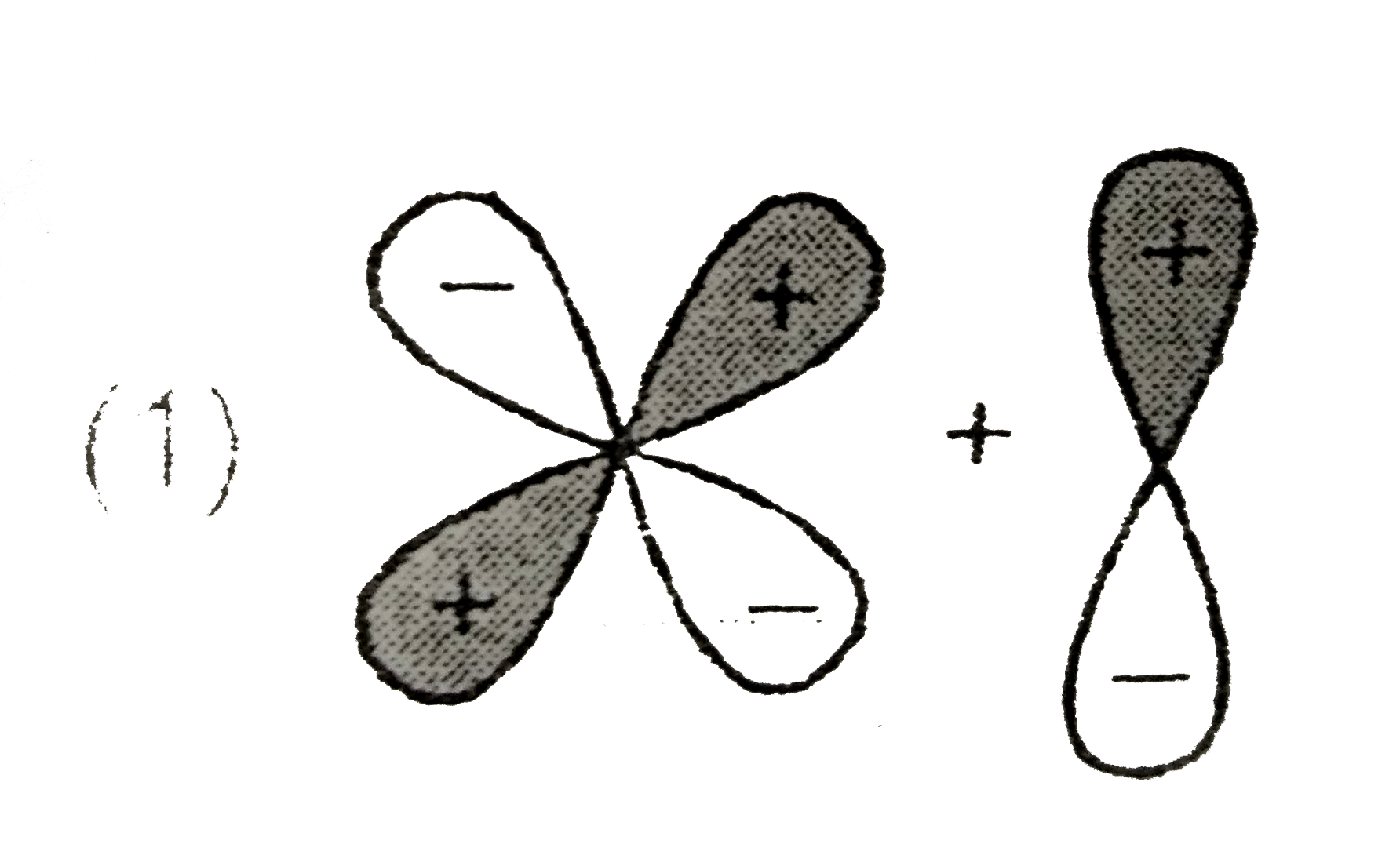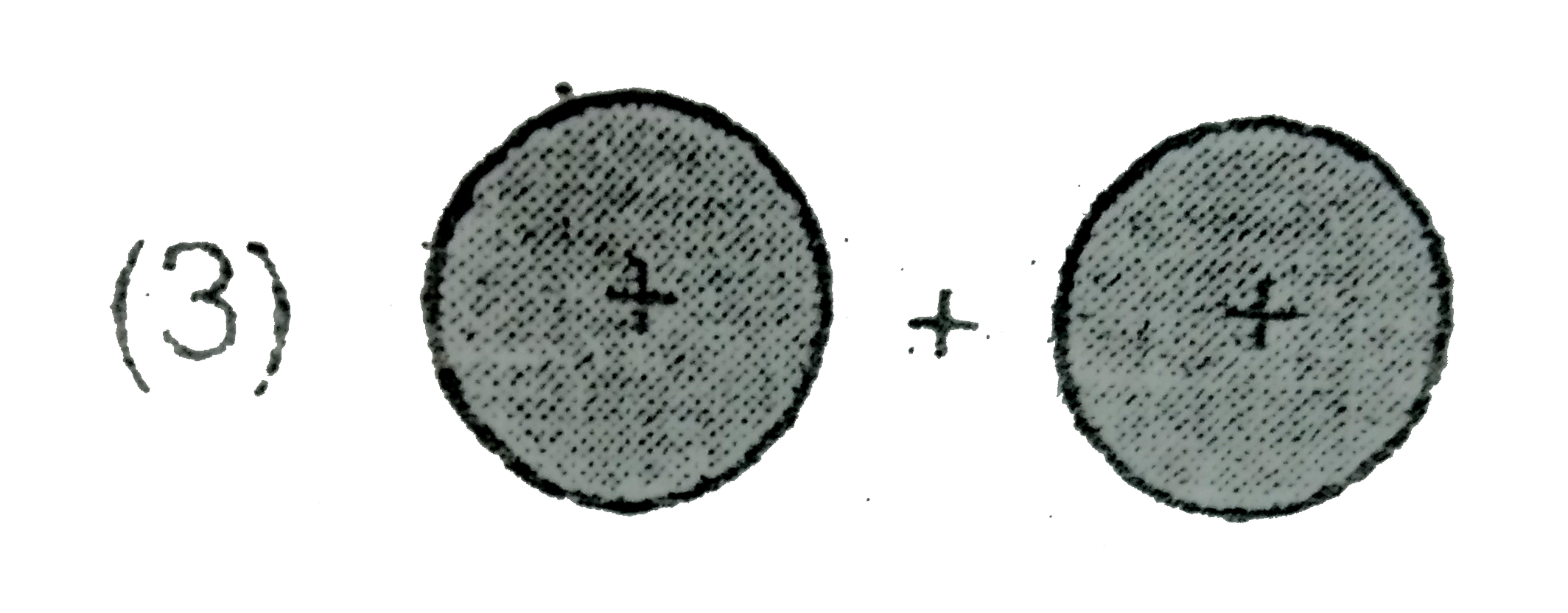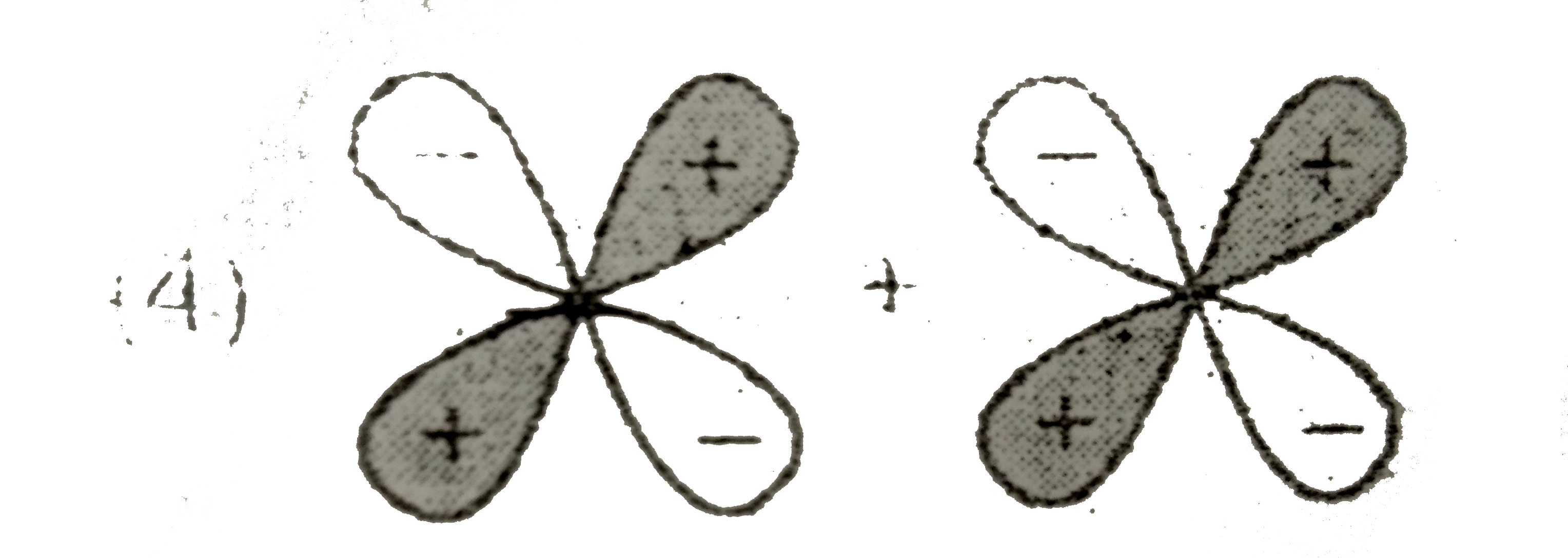Molecular axis is Z axis , then which of the following combination of orbitals will result in formation of molecular orbitals ?
The correct Answer is:C
is 14 electron system while remaining are above 14 electron systems.
Topper's Solved these Questions
- CHEMICAL BONDING AND MOLECULAR STRUCTUREBOOK - NARAYNACHAPTER - CHEMICAL BONDING AND MOLECULAR STRUCTUREEXERCISE - EXERCISE -3
62 Videos
- CARBONYL COMPOUNDSBOOK - NARAYNACHAPTER - CARBONYL COMPOUNDSEXERCISE - LEVEL -VI
99 Videos
- CHEMICAL EQUILIBRIUMBOOK - NARAYNACHAPTER - CHEMICAL EQUILIBRIUMEXERCISE - Exercise -IV
33 Videos
Similar Questions
Knowledge Check
Which of the following combination of orbitals will form a nonbonding molecular orbital ?
A B
B C
C D
D
If molecular axis is Z then which of the following overlaping is not possible
APz+pz=σ bondBpx+py=π bondCpx+px=π bondDpy+py=π bondIf the molecular axis is Z then which of the following overlapping is not possible
Apz+pz=σ bondBpx+py=π bondCpx+py=π bondDpy+py=π bond
If z-axis be the internuclear axis, which of the following combination of orbitals would not form π-bond?
View SolutionWhich of the following combination of orbitals can not form bond. (If x axis in internuclear axis)
View SolutionMolecular orbital theory is based on linear combination of atomic orbitals (LCAO). According to LCAO when respective atomic orbitals of the atoms interact, they undergo constructive and destructive interference giving rise to two types of molecular orbitals, that is, bonding and antibonding molecular orbitals.
If z is the molecular axis then which of the following overlapping results in non-bonding molecular orbital?
View SolutionIf z-axis is internucleus axis then which of the following d-orbital can be used in π-bond formation?
View SolutionIf the z-axis if taken as the internuclear axis, then which of the following combinations of atomic orbitals is a nonbonding combination?
View Solution
